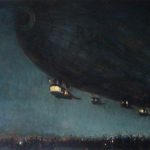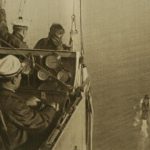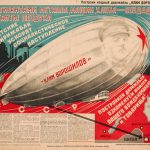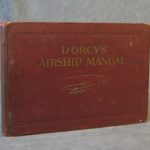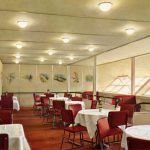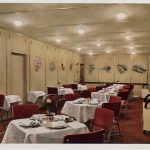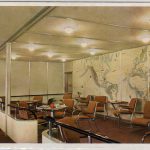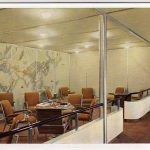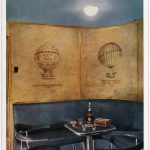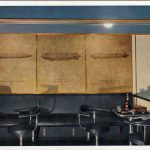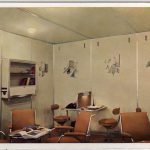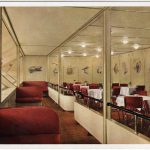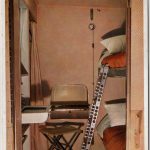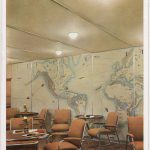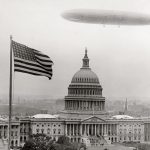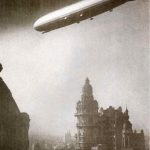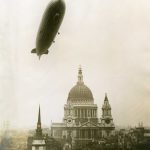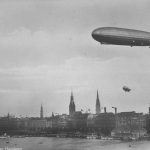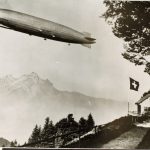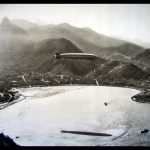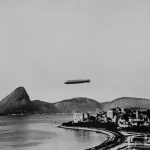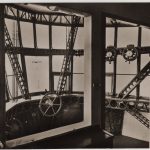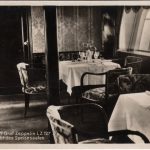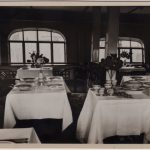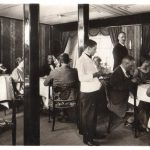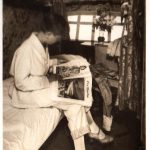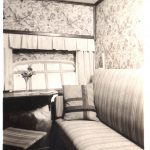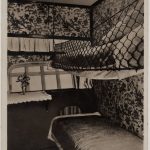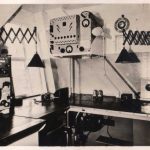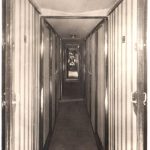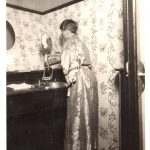petermorwood:
blastedheath:
Alfred Egerton Cooper (British, 1883-1974), 1919. Oil on canvas, 56 x 66 cm. Royal Air Force Museum.
A demonstration of how painting can sometimes trump photography. This captures the looming presence of a dirigible overhead better than most high-quality pics of commercial Zeppelins. It was probably painted to commemorate R34’s east-to-west Atlantic crossing,
“Before starting on the voyage, it was decided that some of the members of the crew, including W.W. Ballantyne , must be left behind, the numbers being limited of necessity to thirty on the voyage. Two hours before the flight, William Ballantyne managed to climb back on board the ship, and hid himself in the darkness of the ship. He had also carried with him, the crews’ mascot, a small tabby kitten called “Whoopsie”. Both of these stowaways had hidden themselves. But the cramped conditions and the fact that the smell of the gas had made Ballantyne nauseous, made him give up and come out of hiding.
The dishevelled stowaway was brought in front of Major Scott and Maitland, and it was decided that there was actually nothing they could do about it. It was agreed that had they been over land then Ballantyne would have been put overboard by parachute, but as the next landfall was in fact America, he was to stay on board. The only problem that could occur was the strain on the very limited and controlled resources. Having been quite ill for some time, he was rested on one of the hammocks, and attended to by Lieutenant Luck. When he recovered, Ballantyne was, as with traditional stowaways, made to work his passage as cook and often having to hand pump the petrol into the tanks. As to the second stowaway, Whoopsie, it was deemed that the oldest airman on board, 42 year old George Graham accepted responsibility for the cat, and Whoopsie worked her passage throughout the rest of the voyage, providing entertainment and comfort to the other crew members.”
Whoopsie…? 🙂
What a story…
